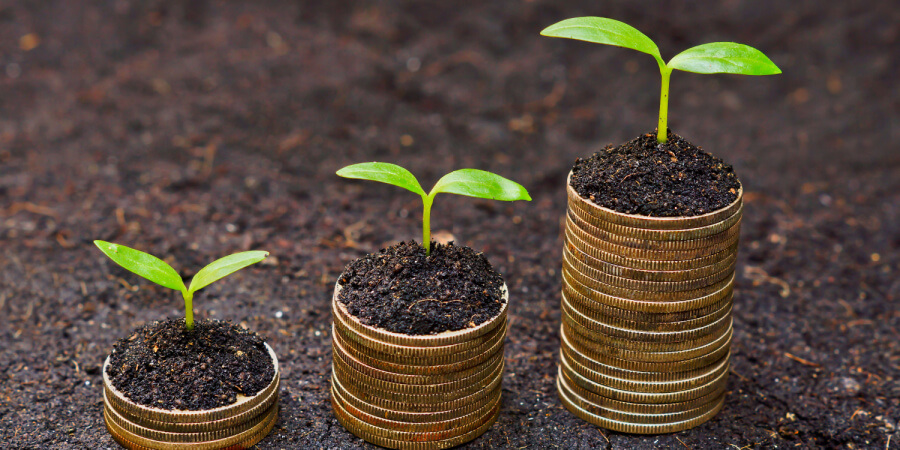What does sustainable investing mean?
Sustainable investing is also called green investing. It means that money does not end up with certain companies or regimes. Think of companies or regimes that lack certain ethical principles. This can be done, for example, with sustainable investment funds.
Sustainable investing means something different for each investment institution. The criteria that fall under sustainable investing differ per provider and product . It is possible for providers to use international guidelines. For example, it can be about achieving a specific climate goal, but also about improving people’s environmental awareness. In addition, topics such as animal suffering are possible. Topics such as the porn and gambling industries are often considered taboo. In addition, a company that uses excessive remuneration for a board member is often also avoided.
A better world with investing
It is possible to contribute to improving society as an investor. This is not just about excluding ‘evil’. You can also make targeted investments that actively contribute to sustainability. Think of investments such as investing in certain companies or products that want to contribute to a better future for humans, but also for animals and the planet. In this way, not only is evil excluded, but investments can also be made to obtain a better world.
Sustainable investing does not only have to be used as a financial return, but it can also be seen as an alternative to saving. In this way, one can possibly earn more money with savings interest and something useful is still done with the savings.
How do sustainable investments work?
Sustainable investments are often made via mixed funds . It is possible to participate in these mixed funds. The shares and bonds in these mixed funds will be ethically tested by a fund manager. It is also possible to invest in sustainable ETFs, read more about this in our article ‘ Sustainable ETFs ‘.
It is the case with certain providers that you can choose from a variety of sustainable investment funds. In addition, you can also choose to exempt only a certain amount and outsource the investment. In this case, the money only goes to sustainable investment funds.
Do sustainable investment funds cost more money?
A sustainable product or an organic product is often sold more expensively in the supermarket. This is not necessarily the case with sustainable investments.
There are not only expensive sustainable investment funds, but also cheap sustainable investment funds . A more expensive fund has relatively high fund management costs compared to other sustainable funds. For example, the fund management costs can vary between 0.55% and 2.30% per year.
It is not the case that sustainable investment funds entail additional costs. According to economic scientists, it is not correct that a sustainable fund yields less financial return. It is mainly chosen if you do not only want to obtain a financial return, but also want to obtain a social return.

Green investing as a trend
In the world of investing, green investing is seen as a popular trend. For example, the Dutch pension sector is already working on making corporate social responsibility a reality. However, green investing is not yet very well-known among Dutch private investors. For example, in mid-2016, only 6.8% of the fund’s private assets were invested in green funds.
Although sustainable investments are not yet very well known among private investors in the Netherlands, the availability of green funds has increased in recent times. For example, in the past three years there has been an increase of approximately half of the number of sustainable funds. This increase is mainly caused by the new index funds .
Compare brokers and start investing in mutual funds
Are you excited about investment funds after reading this article? Compare brokers with investment funds and find the broker that suits you best!